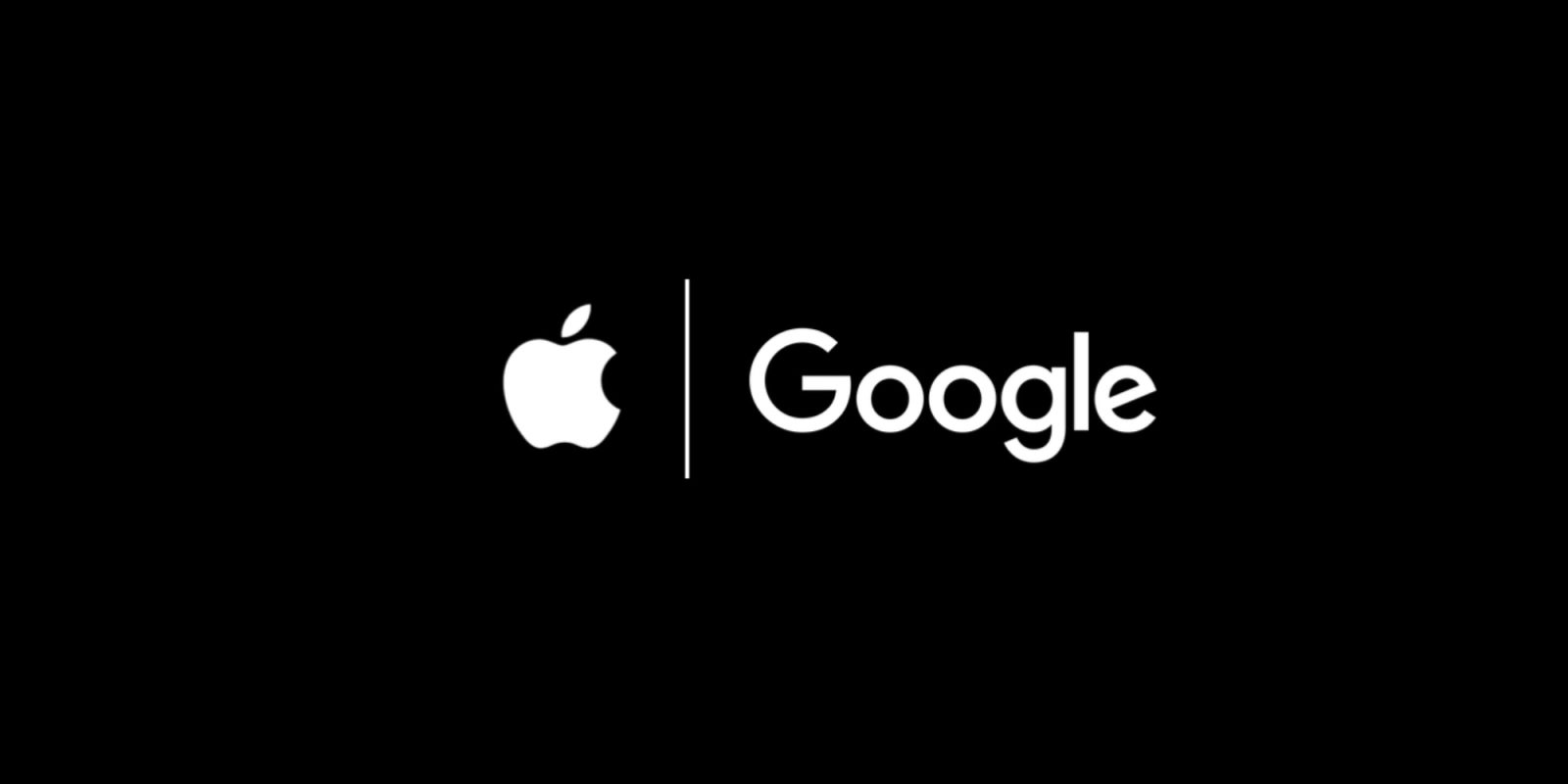
Last week Apple and Google announced a group effort to introduce a single contact-tracing system that works with both iOS and Android. The development is the latest in an ongoing effort to stop the spread of COVID-19 and save lives.
The concept is simple — at least as far as contact-tracing systems go. iPhones already use Bluetooth for all sorts of features like AirDrop and streaming music to AirPods. Starting in mid-May, Bluetooth will also be used as a tool to help detect exposure to COVID-19 before symptoms are even present.
What is contact-tracing?
iPhone and Android users will be able to opt in to a feature that uses Bluetooth to create a temporary and private diary of sorts. This diary will record interactions of close proximity with other smartphone users who opt in to using the feature. If a person tests positive for COVID-19 and uses the feature, each person using the feature who has been in contact with the infected person will be notified.
Location is never used, just instances of close proximity through Bluetooth signals, and the system doesn’t connect Bluetooth signals to specific users. The only relevant data is that a user has been in contact with someone who later tested positive for COVID-19.
How do you participate?
Apple and Google are releasing contact-tracing features in two phases:
- Starting in mid-May, apps can use a new contact-tracing API (application programming interface) that works with apps on iPhone and Android
- Later this year, iOS and Android will receive updates to let users opt in to contact-tracing without installing an app
Apple isn’t just letting any developer use the API its building with Google. Only apps for official government health organizations will be able to use the contact-tracing feature.
Starting next month, Android and iPhone users will be able to download the app in their region that supports contact-tracing. Apple will also release a software update that makes the contact-tracing API function in the designated app.
A separate software update will be released in a few months that integrates the ability to opt-in to contact-tracing without downloading an app, although each region’s official health agency app will still be required for verifying positive COVID-19 cases.
What happens next?
Success of the initiative requires high levels of participation, although exact percentages aren’t known given the unprecedented nature of the effort. Some percentage of users will not opt-in to contact-tracing for various reasons, but there’s incentive to participate.
If you use contact-tracing, you will be notified when someone you’ve been in contact with has tested positive for COVID-19. The benefit is that you know to seek out your own test sooner and decrease the risk of spreading the disease to someone you care about.
But what happens when you learn through contact-tracing that someone you’ve interacted with recently tested positive for COVID-19? The app and alert system can only inform you. It’s up to you to seek out a medical professional who determines your COVID-19 status through testing or other means of accurate case identification.
If a medical professional determines that you are also now a COVID-19 carrier, that information is used to alert anyone using the system who you’ve contacted in the last two weeks.
More
We also learned other useful and interesting tidbits about contact-tracing with iOS and Android today:
- Apple and Google have been working on the initiative for two and a half weeks as of April 13, 2020
- Users cannot self-verify COVID-19 status to avoid false positives
- Apple is targeting the broadest number of devices based on Bluetooth hardware support, suggesting iOS 12 may be updated, not just iOS 13
- Governments may require use of their own servers to participate
- Apple and Google can remove the contact-tracing system regionally as needed
The first phase of contact-tracing won’t be available until mid-May, however, and we expect to learn much more before the release next month.
Useful Links
- Apple and Google partner on COVID-19 contact tracing technology
- Privacy-Preserving Contact Tracing
- Contact Tracing Bluetooth Specification
- Contact Tracing Cryptography Specification
- Contact Tracing Framework API
Read More
- Google and Apple partner on building COVID-19 contact tracing into Android, iOS
- Apple launches informative COVID-19 app and website screener in partnership with FEMA and CDC
- Views from a socially distant walk in the woods — podcasts and photo walks
FTC: We use income earning auto affiliate links. More.



Comments